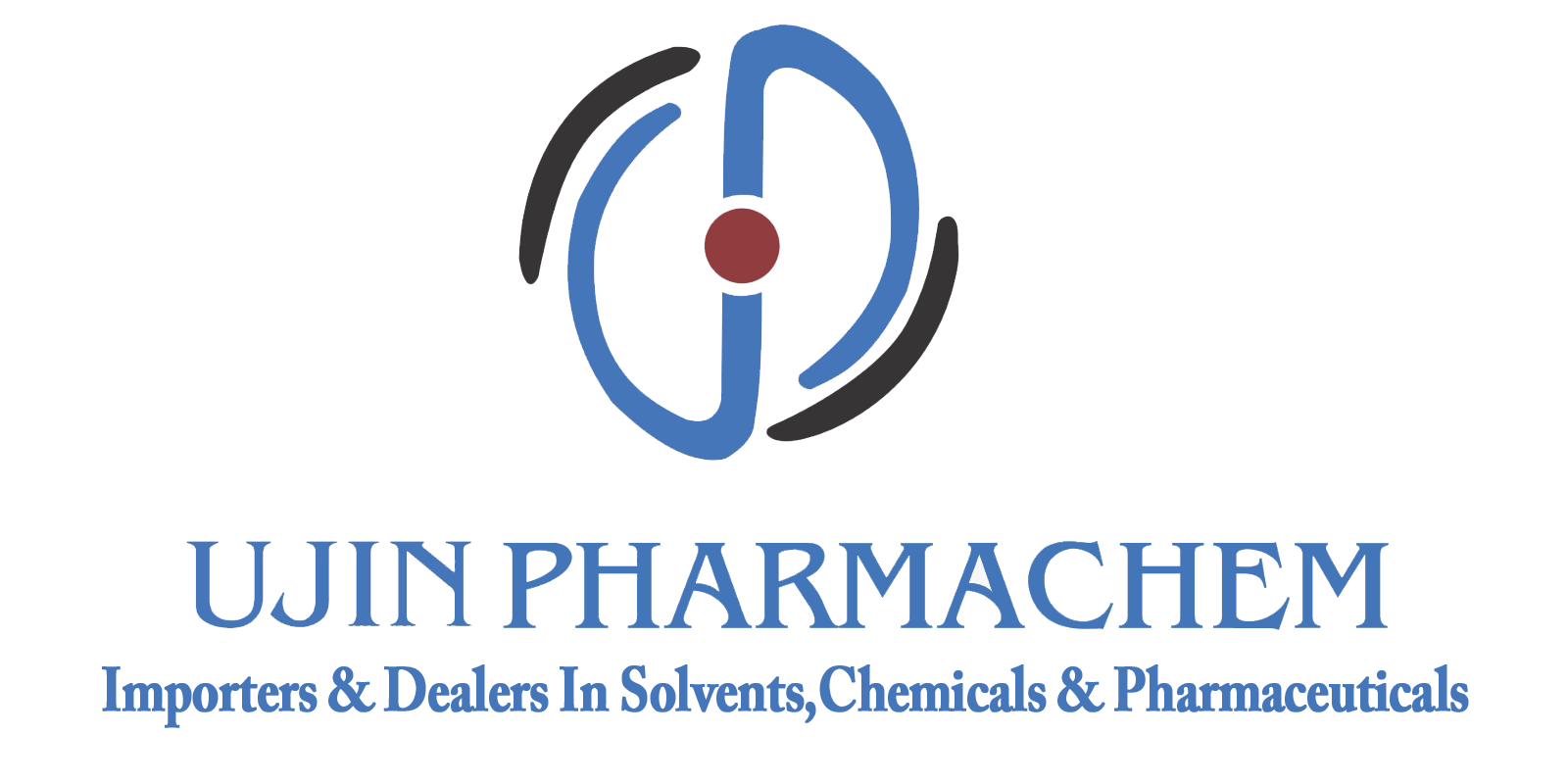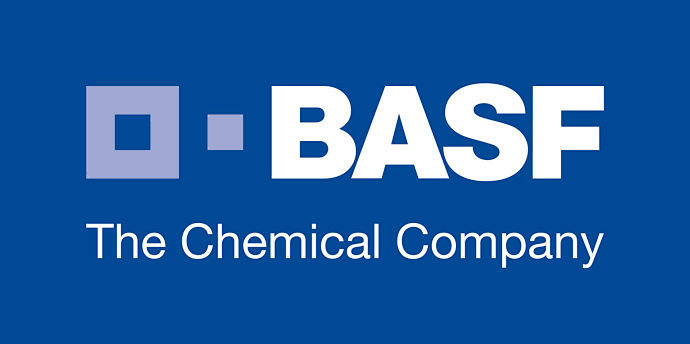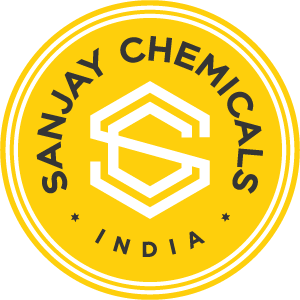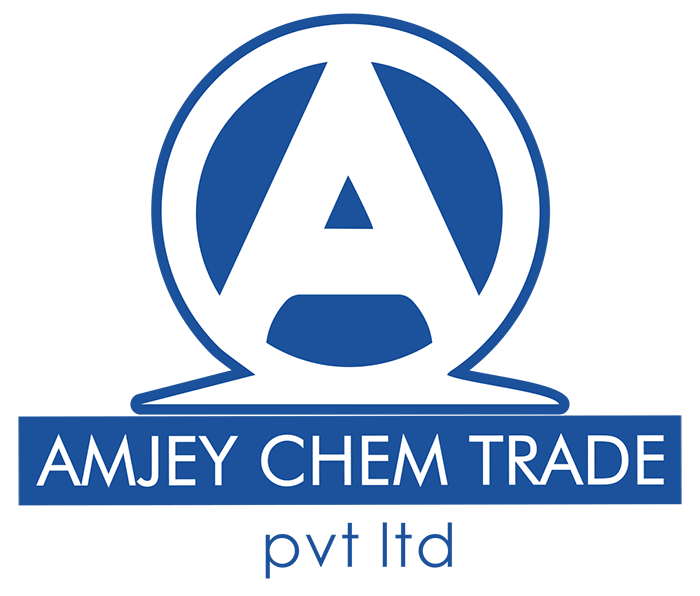
CHARACTER
isooctanol, chemical formula C8H18O, is a colorless transparent liquid, with a special flavor, slightly soluble in water, soluble in ethanol, ether and other organic solvents. Isooctanol is an important organic chemical raw material, widely used in plasticizers, coatings, paints, surfactants and pharmaceuticals and other fields. As a plasticizer, isooctanol can improve the flexibility, cold resistance and processing performance of plastics; in coatings and paints, it is used as a solvent and additive to improve the gloss and adhesion of products; in addition, isooctanol It is also used to make surfactants to improve the wettability and dispersibility of products; in the pharmaceutical industry, isooctanol is widely used as a drug synthesis intermediate. As a multifunctional organic compound, isooctanol plays an important role in many industrial fields.

APPLICATIONS
(1) Isooctanol is mainly used as a raw material for polyvinyl chloride plasticizers, such as for the production of dioctyl phthalate (DOP), dioctyl terephthalate (DOTP), dioctyl adipate (DOA), trioctyl trimellitic acid (TOTM), etc. These plasticizers are widely used in the plastics industry to enhance the flexibility, cold resistance and processing performance of plastics.
(2) Isooctanol can also be used as a solvent and preservative, and it can dissolve and disperse in the production of paints, coatings, glues, cleaning agents and other products, which contributes to the uniform coating and good film formation of products.
(3) Isooctyl alcohol is also used in the production of fuel additives, such as isooctyl nitrate, etc., can be used as diesel and gasoline additives to improve fuel combustion performance, increase octane number, and reduce exhaust emissions.
(4) In chemical synthesis, isooctyl alcohol as a reaction intermediate, can be used to synthesize isooctyl acrylate, isooctyl acetate and other organic compounds, these compounds are widely used in plastics, rubber, coatings and other fields.
(5) Isooctanol can also be used as defoamers, dispersants, lubricants and emulsifiers, etc., used in petroleum exploration, food processing, textile printing and dyeing and other industries, help to improve the production process and product quality.
![]() +086 1911-7288-062 [ CN ]
+086 1911-7288-062 [ CN ]



































































































